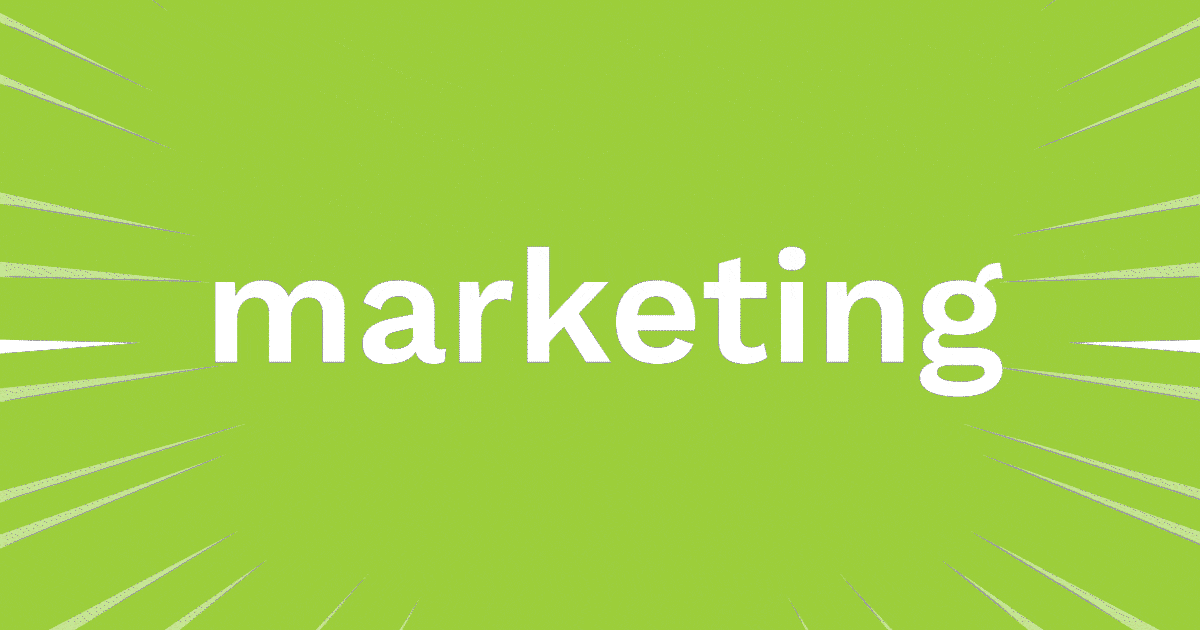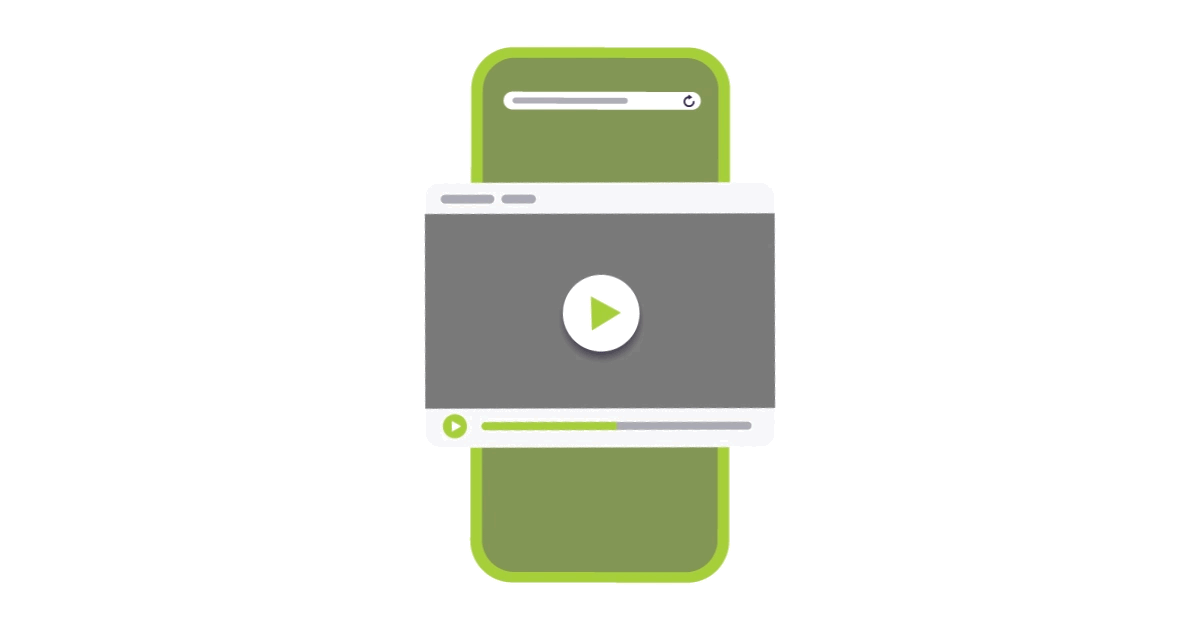
Marketing vs. Advertising: What’s the Difference?
On the outside, marketing and advertising seem interchangeable. Aren’t they both enticing customers to buy a product or service? Yes… but also no. There’s more to it!
Let’s think of marketing like a big, beautiful tree. Marketing has its many branches, and one of those branches is advertising! Overall, marketing is the continuous process of creating value for a product or service. This may consist of advertising, market research, segmentation, product design, sales strategy, public relations… and on, and on, and on!
Now that we’re a little more grounded, let’s dive into the key differences between marketing and advertising, and why you need both.
The Marketing Mix
Marketing revolves around the customer, so things like identifying your buyer through research and creating an audience persona play an important role. In order to define a target audience, marketers will conduct market research to understand the characteristics, behaviors, and values of a certain segment of the population. This helps develop a marketing strategy to reach a specific consumer.
The marketing mix, consisting of the Four P’s, is also helpful to consider when marketing decisions that revolve around your customer.
- Product – What product or service satisfies your customers’ needs/wants? What features can you add to differentiate from your competitors?
- Price – What is your target customer willing to pay? What list price will help your product stand out in the market?
- Place – Where should you sell your product? How will it end up in front of our customers?
- Promotion – What ads will catch your audience’s attention? (You guessed it.. This is where advertising comes in! Don’t get too excited, we’ll touch on that in a second.)
Using the marketing mix, marketers continuously analyze and adjust their strategy to align with trends, changes in the market, and findings in research.
Types of Marketing
With a simple Google search to learn about the types of marketing strategies, you will most likely be bombarded with never-ending lists of every type of marketing possible.
Content marketing, outbound marketing, search engine marketing, social media marketing … Does it ever end?
No, no it does not, but that’s the beauty of marketing! The options are limitless to reach your target consumer, and different types of marketing can be used in concert to enhance your message.
To make things a bit simpler and avoid an information overload, let’s divide all of this jargon into two main categories: traditional and digital marketing.
Traditional Marketing
The elder in the room… Traditional marketing is mostly outbound or one-way communication, which means a company is pushing its message to a large audience.
Traditional marketing includes:
- Offline market research (i.e. focus groups, interviews, surveys, observations)
- Traditional advertising (i.e. print ads, billboards, TV ads, radio)
- Direct mail
- Telemarketing
- Trade shows and events
- Offline public relations (i.e. newspaper or magazine coverage)
Digital Marketing
And now the future… Digital marketing involves a two-way form of communication through online content and advertisements, so customers can directly engage with companies.
Digital marketing includes:
- Digital Analytics (i.e. site traffic, social media engagement, search history)
- SEO (search engine optimization)
- Web Design
- Social media marketing
- Content marketing (i.e. blogs, videos, tutorials)
- Digital advertising
- Email marketing
Besides email marketing and certain digital ads, digital marketing is mostly inbound, so customers are targeted through content that aligns with their online interactions and search history.
What’s Better, Traditional or Digital Marketing?
Surprise! 👏 You don’t have to pick one or the other.
The greatest marketing campaigns are going to utilize both traditional and digital marketing in order to reach their consumers online and in person. Remember, it always comes back to audience…where are you most likely to impact your target customer?
What is Advertising?
Advertising is a form of paid non-personal communication used to encourage and persuade an audience. It’s how marketers get the word out about their products, through paid promotions, images, design, testimonials, etc. Think of advertising as tools you use to paint a pretty picture.
How Does Advertising Work?
Whether it be through quirky TV ads, jingles on the radio, or models in the magazines, advertising works to make products or services look more desirable. After conducting market research, identifying our target audience, and deciding on our marketing mix, we can create advertisements that appeal to our certain segment.
Advertisements should do one of the three things when communicating with the customer:
- Inform – What will this product or service do for me and how will it enhance my life?
- Persuade- Make a customer take action through the proper call-to-action (click here, call now, find a store)
- Remind- Reinforcing brand awareness and reputation, staying above competitors
Remember: Advertising is only the promotion step in the marketing process. Marketing also consists of the “behind-the-scenes” work to come up with the best strategy for our advertisements.
Types of Advertisements
Based on your marketing strategy, different types of advertisements can be used to target different audiences.
Traditional Advertisements
Traditional advertisements have larger exposure, a larger target audience, and are typically successful on local levels.
- Outdoor Advertising: billboards, posters, bus wraps
- Print Advertising: newspapers, magazines, flyers
- Broadcasted Advertising: TV, radio
Digital Advertisements
Digital advertisements reach a more specific target audience, offer more data on success rates, and can be edited easily. Online advertisements also promote engagement, since consumers can directly reach a company’s website or contact information through most digital ads.
- Social Media Ads
- Pay-per-click ads
- Display/Banner Ads
- Mobile Ads
- Video Ads
The Difference Between Marketing and Advertising
So, you’ll never mistake marketing and advertising as sisters again, will you? Just to be sure, remember these four takeaways.
- Marketing is an entire process, advertising is only one step. Marketing includes public relations, market research, pricing, distribution channels, product design, customer relations etc.
- Advertising is the promotional branch of marketing. Marketing strategy and research help create advertising campaigns that appeal to your target audience.
- Marketing revolves around creating value for your customer. Through the Four P’s you can create strategies and tactics that appeal to each segment of your customer base.
- Advertisements should work to inform, persuade, or remind the customer.
Yes, we know… marketing is a very complicated process. Lucky us, huh?
The good news is, if you need help navigating the world of marketing and advertising, we’re here for you. ReThinc is a full-service advertising agency based in Phoenix and we’d love to hear about your next project or challenge. See how we can help.
ABOUT THE AUTHOR – Leah Deniger is a Digital Marketing & Copywriting Intern at ReThinc Advertising. Currently, Leah is a junior at Arizona State University, majoring in Marketing and minoring in Design Studies.



